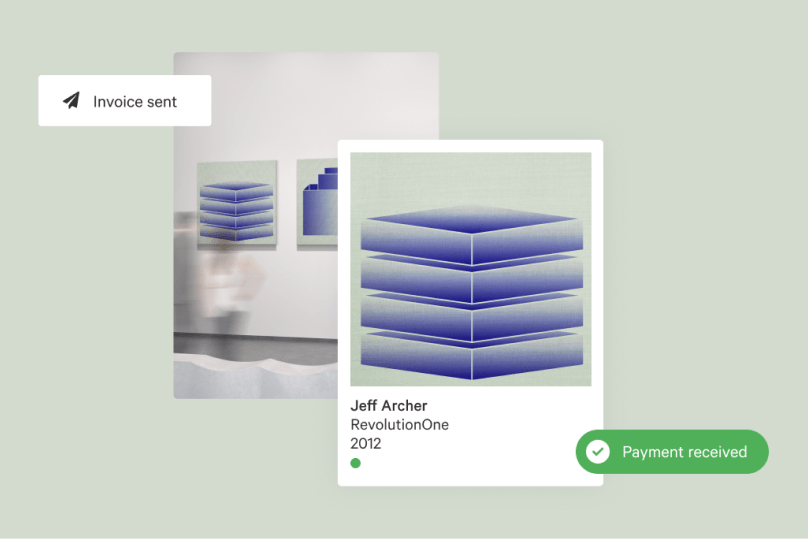Designing great websites has never been easier. With so many templates and website building tools available, you can get great results even with very little experience.
First thing’s first, start with a template specifically designed for the art world: a template that places imagery front and center, that can be integrated with a large artwork inventory, delivering pages specifically designed for how collectors view artworks incorporating viewing tools and links to your Customer Relationship management (CRM) system.
Take a look at Artlogic’s suite of website templates, made specifically for the art world.
Browse templates
To help you along your way, here are our top do’s and don’ts when it comes to designing a website that’s beautiful and functional:
✓ Do put your users first
Every design decision you make should be informed by User Experience (UX). Some design principles are applicable to all users, such as: intuitive layout, easy navigation, and clear calls to action (like obvious buttons stating: “read more” / “click to buy” / “RSVP here”).
Effective UX design understands the specific needs and preferences of the target market. Learn how your clients like to interact with web pages and what they want from your business. Then, prioritize the elements that help them to achieve those aims. For example, if prints and editions are really popular on your online store, make it really easy and intuitive for the user to navigate to this section and buy with ease.
✓ Do make use of your data
There are tools available that give deep insights into how users interact with your website. For example, web traffic and page data will tell you which pages are the most and least popular. This data will help you to make improvements to your site. For example, if your homepage gets the most traffic, make sure to advertise your latest exhibitions and shows there, because this is where your user is most likely to engage with that information.
Looking to get inspired? Take a look at live website examples
X Don’t overburden your page
Less is more when it comes to website design. From interactive components to informative videos, you should be able to justify why every single element is on the page. That means being able to explain how it enhances the user's experience and encourages them to perform the actions you want them to.
Not only can excessive elements confuse or annoy your visitor, they can cause slow loading speeds, further frustrating the user: poor user experience translates into frustration, drop out and low conversions.
X Don’t forget your brand identity
Your brand identity should be woven into the very fabric of your website design. Make sure the look and feel of your design choices are informed by who your customers are and the sector you operate in. For example, if you’re selling art, visitors will expect to see creative and aesthetic-led design, not a corporate site lacking in visual elegance and imagery that’s more akin to an insurance broker than a gallery.
Consistency is key to identity. Stick to your chosen font, color scheme, and overall visual tone of your site. Inconsistencies and vast disparities in how your brand presents itself will confuse your audience and lead to a lack of trust. Remember: keep it clear, keep it consistent.






